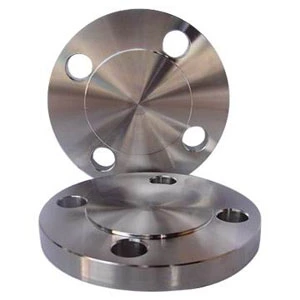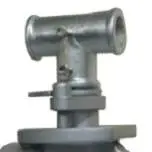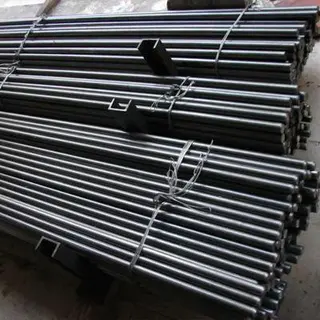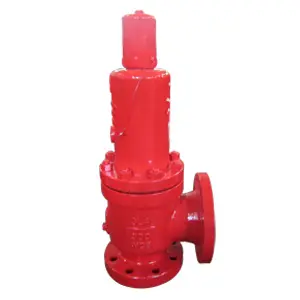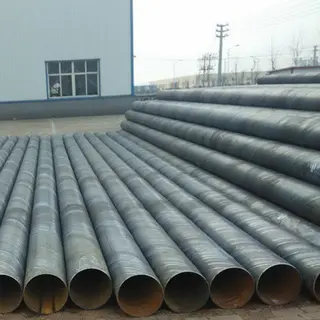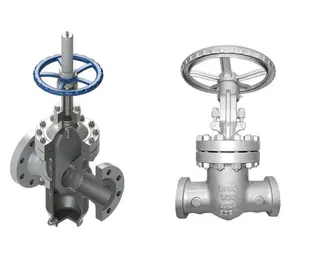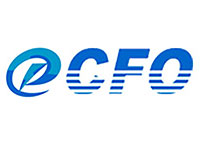Comparison between Two Kinds of Fiber Optic Splitters
With the investment direction shift to FTTH, the market of fiber optic splitter, which is the core equipment of FTTH, has also boom. The demand is increasing and manufacturers form home and abroad are optimistic about the market. There are two types of fiber optic splitters: fused fiber splitter, which is produced by traditional technique and another one, is PLC splitter, which is manufactured by more advanced technique. These two kinds of splitters have their own features and consumers can depend on different occasions to choose. Here are introductions about them.
Fused Fiber Splitter
FBT technology is to bundle two or more pieces of fiber and stretch them on the machine, at the same time, monitoring the ratio change. After the ratio change has met the standard then stop stretching. One of the ends maintains just a piece of fiber as the input end; the other end will be output terminal. Currently, the mature FBT technology can only stretch 1*4 or less each time. For equipment which is more than 1*4 should apply several 1*2 to connect together and pack them into the splitter box.
Major advantages of this kind of splitter are:
(1) The taper coupler has more than 20 years history and experience, are much equipment and technology can be followed, and the cost of R&D is much less than PLC.
(2) The material is easy to get, which only needs quartz baseplate, fiber optic, heat shrink tube, stainless steel and a little mucilage, the total cost is no more than 1$. The cost of machine and equipment is less, and 1*2 and 1*4 splitters cost just a little.
(3) The splitting ratio can be monitored according to needs, and can produce splitter with various ratios.
Major drawbacks are:
(1) This kind of splitter is sensitive to length of light wave and generally the equipment has been chosen according to the length of wave, which is a fatal defect in triple play, for it has different signals in its transmission.
(2) Poor uniformity. 1X4 has maximum difference of about 1.5dB, 1 × 8 has greater difference, which cannot guarantee the uniform spectral, and influence the transmissions distance.
(3) Demultiplexer (e.g., 1 × 16,1 × 32) has a large size, but the reliability will be reduced and the installation space is limited.
PLC Optical Power Splitter
Planar optical technology is using semiconductor technology to produce waveguide devices and the shunt function is completed on the chip, which can achieve up to 1X32 over branches on a chip, at both ends of the chip, there has multi-channel for input and output.
Advantages of this kind of splitter are:
(1) Less sensitive with the light wavelength and can meet the needs of different transmission wavelengths.
(2) Splitting evenly, can distribute signal evenly to users.
(3)Compact structure and small size, (1 × 32 size: 4 × 7 × 50mm), which can be installed directly in various existing junction boxes, without special space for its installation.
(4) Many channels on the single device, which can reach 32 or more.
(5) Multi-channel has lower cost, the more channels it has, the more obvious the advantage is.
Major drawbacks are:
(1) The technique is complex for manufacturing the equipment and also has a higher standard for technology. Currently, the production of chips is monopolized by several foreign companies and only a few domestic companies can produce chips with a large quantity.
(2) Compare with the fused fiber splitter, the cost is higher, particularly in the low channel splitters.
Both of these two kinds of splitter have their advantages and disadvantages, the technique is upgrading and overcoming their shortcomings continuously. Fused fiber splitter is trying to deal with the problem of poor uniformity, and PLC splitter is trying to decrease its cost. Now, the cost of the two has already in the same level in the 1*8, the more channels the splitters have, the more economical to choose PLC splitters.
How to choose suitable splitter is mainly depend on users’ needs and occasions. In some occasions with less sensibility and less channels, choose fused fiber splitter is relatively economical, such as 1310nm pull cone splitter for separate data transmission and 1550nm pull cone splitter for TV video network. In triple play, FTTH needs more channels to transmission and the occasion which has more users, and we should choose PLC optical power splitters.
Fused Fiber Splitter
FBT technology is to bundle two or more pieces of fiber and stretch them on the machine, at the same time, monitoring the ratio change. After the ratio change has met the standard then stop stretching. One of the ends maintains just a piece of fiber as the input end; the other end will be output terminal. Currently, the mature FBT technology can only stretch 1*4 or less each time. For equipment which is more than 1*4 should apply several 1*2 to connect together and pack them into the splitter box.
Major advantages of this kind of splitter are:
(1) The taper coupler has more than 20 years history and experience, are much equipment and technology can be followed, and the cost of R&D is much less than PLC.
(2) The material is easy to get, which only needs quartz baseplate, fiber optic, heat shrink tube, stainless steel and a little mucilage, the total cost is no more than 1$. The cost of machine and equipment is less, and 1*2 and 1*4 splitters cost just a little.
(3) The splitting ratio can be monitored according to needs, and can produce splitter with various ratios.
Major drawbacks are:
(1) This kind of splitter is sensitive to length of light wave and generally the equipment has been chosen according to the length of wave, which is a fatal defect in triple play, for it has different signals in its transmission.
(2) Poor uniformity. 1X4 has maximum difference of about 1.5dB, 1 × 8 has greater difference, which cannot guarantee the uniform spectral, and influence the transmissions distance.
(3) Demultiplexer (e.g., 1 × 16,1 × 32) has a large size, but the reliability will be reduced and the installation space is limited.
PLC Optical Power Splitter
Planar optical technology is using semiconductor technology to produce waveguide devices and the shunt function is completed on the chip, which can achieve up to 1X32 over branches on a chip, at both ends of the chip, there has multi-channel for input and output.
Advantages of this kind of splitter are:
(1) Less sensitive with the light wavelength and can meet the needs of different transmission wavelengths.
(2) Splitting evenly, can distribute signal evenly to users.
(3)Compact structure and small size, (1 × 32 size: 4 × 7 × 50mm), which can be installed directly in various existing junction boxes, without special space for its installation.
(4) Many channels on the single device, which can reach 32 or more.
(5) Multi-channel has lower cost, the more channels it has, the more obvious the advantage is.
Major drawbacks are:
(1) The technique is complex for manufacturing the equipment and also has a higher standard for technology. Currently, the production of chips is monopolized by several foreign companies and only a few domestic companies can produce chips with a large quantity.
(2) Compare with the fused fiber splitter, the cost is higher, particularly in the low channel splitters.
Both of these two kinds of splitter have their advantages and disadvantages, the technique is upgrading and overcoming their shortcomings continuously. Fused fiber splitter is trying to deal with the problem of poor uniformity, and PLC splitter is trying to decrease its cost. Now, the cost of the two has already in the same level in the 1*8, the more channels the splitters have, the more economical to choose PLC splitters.
How to choose suitable splitter is mainly depend on users’ needs and occasions. In some occasions with less sensibility and less channels, choose fused fiber splitter is relatively economical, such as 1310nm pull cone splitter for separate data transmission and 1550nm pull cone splitter for TV video network. In triple play, FTTH needs more channels to transmission and the occasion which has more users, and we should choose PLC optical power splitters.

Send your message to this supplier
Related Articles from the Supplier
Major Technical Indicators of Fiber Optic Splitters
- Dec 05, 2015
Advantages of Fiber Optic Transmission
- Jul 15, 2015
Introduction of Fiber Optic Patch Cord
- Sep 23, 2015
Advantages of Fiber Optic Communication
- Oct 14, 2015
Internationalization of Fiber Optic Industry
- Jul 09, 2015
Splice Loss of Fiber Optic Connectors
- May 25, 2015
Features of Fiber Optic Patch Panels
- Feb 17, 2016
Related Articles from China Manufacturers
12 kinds of flanges (part two)
- Nov 01, 2018
Common alloying elements of steel (part two)
- Apr 15, 2019
Two Main Kinds of Common Faults of Safety Valve
- Dec 04, 2014
Related Products Mentioned in the Article
Nokoxin Technology Co., Ltd.
- Address: 3F, Building No.2, Jiayiyuan Technical Park, Huaning Road, Dalang, Longhua District, Shenzhen, China.
- Phone: +86 0755-61562392
- Business Type: Manufacturer, Trading,
Supplier Website
Source: http://www.carefiber.com/comparison-between-two-kinds-of-fiber-optic-splitters.html









